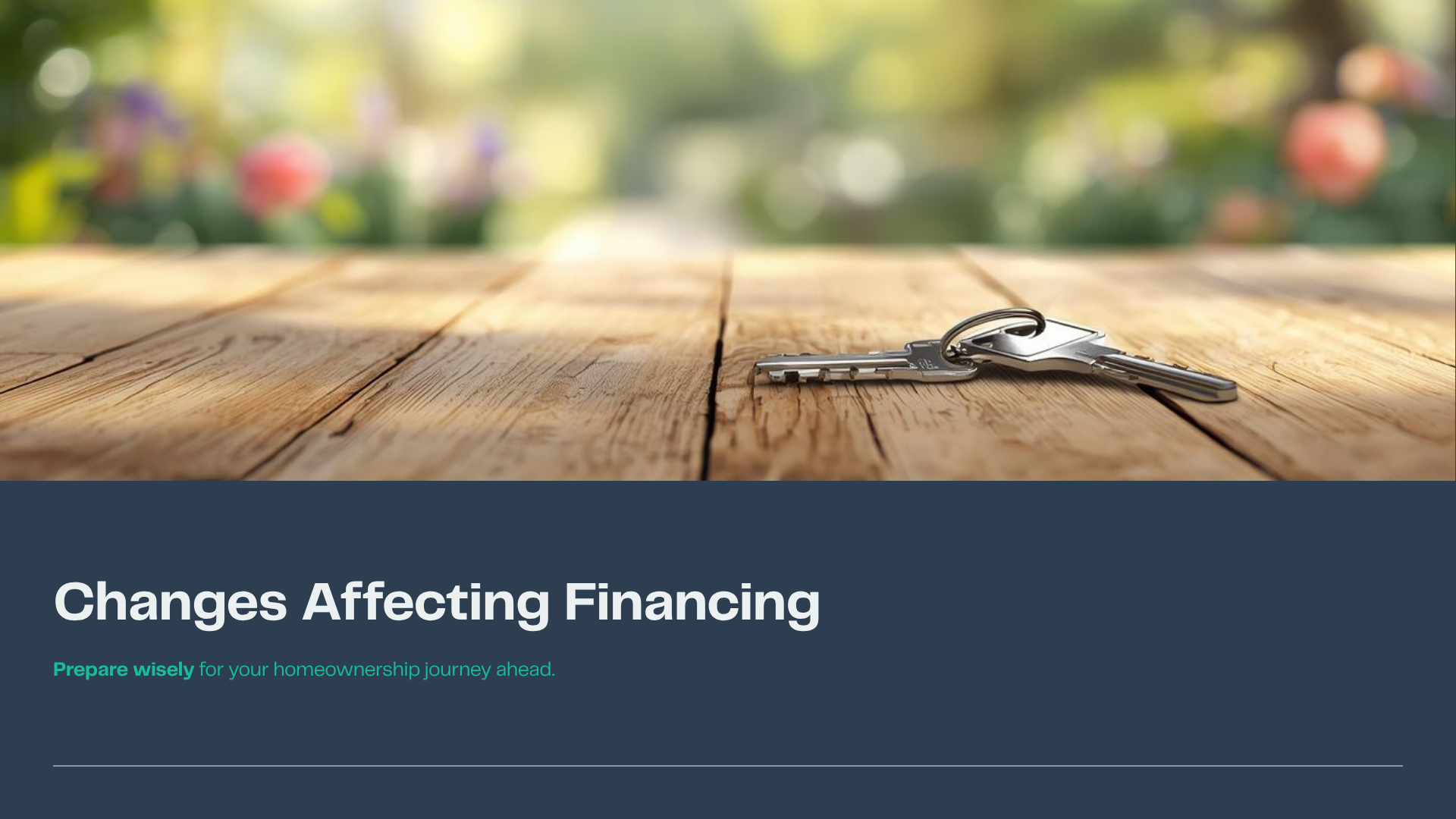Consolidation

Just over a year ago I shared my thoughts about whether it might make more sense to stay in your current home and renovate as opposed to jump into the frenetic housing market. I also talked about the logistics of paying off consumer debt (ie: credit cards, lines of credit, car loans) by refinancing your home to pay them out.
Towards the end of 2022 we certainly saw the housing market calm. Rates have increased exponentially and prices have softened. People are stepping back to think about whether buying a new or different home is in the cards for them.
Since the middle of December we have seen fixed rates start to come down.
I am working with several families who have renewals coming up this year. They are definitely feeling the pinch financially. Even though they are in fixed rate mortgages, with the prices of everything else increasing they are finding it more challenging to make ends meet.
I am not a huge fan of refinancing to pay off consumer debt. Although the interest rate will be lower on a mortgage than on credit cards or unsecured credit lines, you are taking a much longer time to pay off the debt. You are also eating into the equity in your home.
Sometimes, however, a careful look at your monthly expenses may show that refinancing to consolidate your debts is the right move.
As an example, last year I worked with a couple that found they were in over their heads.
Their mortgage balance was $285,000. Their previous rate was 2.79 per cent so their payment was $1318.23.
They had a car loan of $38,000 with a payment of $700.00 and combined credit cards and lines of credit totaling $65,000. Monthly payments between all of them came to about $1350.00.
I looked at several options for them. If they went with a straight renewal of their mortgage, the payment at the current rate of 4.79 per cent would be $1623.67.
If they wanted to roll all of the debt from the credit cards and lines of credit into the mortgage, their rate would be 5.34% and their monthly payment would be $2314.27.
Initially they were hung up on the difference between the two rates and the higher payment. The payment was almost $700.00 per month higher.
What we looked at was the total monthly cash flow. They were paying over 10 per cent interest on their credit lines, and 29.9 per cent on their cards. Their monthly commitments between the car loan and the other debt was $2050 per month.
$2050.00 plus $1623.67 came to $3673.67 monthly towards debt repayment.
Adding the $100,000 to their mortgage meant a monthly commitment of $2314.27. This meant they were paying out $1359.40 per month LESS for their debts.
Another consideration was that they weren’t making any headway on their consumer debts at all. By just covering the interest they were on the never-never plan and getting incredibly discouraged by their situation.
Current guidelines allow clients to refinance to 80 per cent of the value of their home. For instance, if your home appraises at $500,000.00 you could refinance to a total of $400,000.00.
If you bought your home several years ago, it is likely the value has increased enough to allow for a refinance. Let’s say you bought your home ten years ago for $400,000.00.
Depending on the amortization and payment schedule you chose, let’s say your mortgage balance is now $300,000.00. The current market value of your home is $600,000.00.
This means, provided you qualify to carry the larger mortgage, you could refinance up to $480,000.00.
I don’t recommend maxing out your mortgage based on current property values. However, exploring whether using some of the equity in your home to repay your consumer debt, or better yet to renovate or expand your current home, might be something to think carefully about.
The hardest step in this process can be picking up the phone to get the ball rolling. Sometimes its hard to admit we are swamped or even drowning from the debt we have. We feel that others will judge us and I assure you that is not the case. You would likely be surprised to know how many people are in the exact same position.
If you are struggling I encourage you to reach out to a mortgage professional to see what options you may have. It might be a tough call to make, but the outcome may help you sleep better at night.






